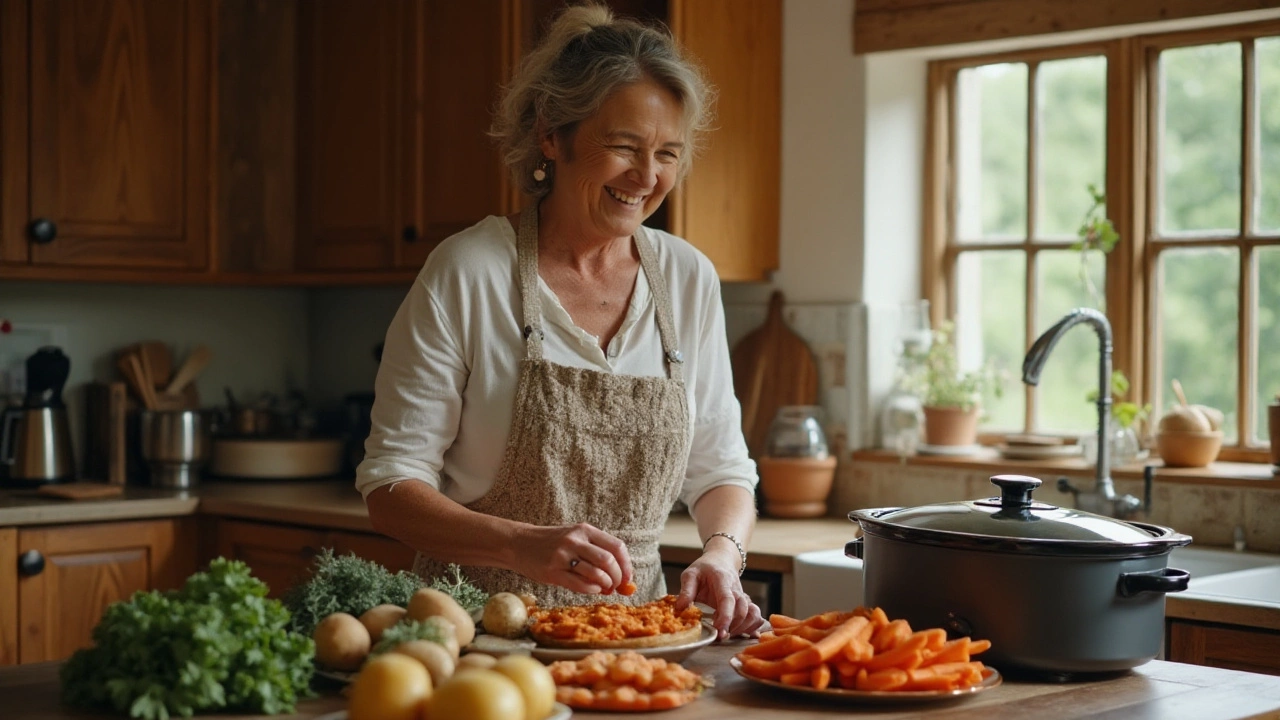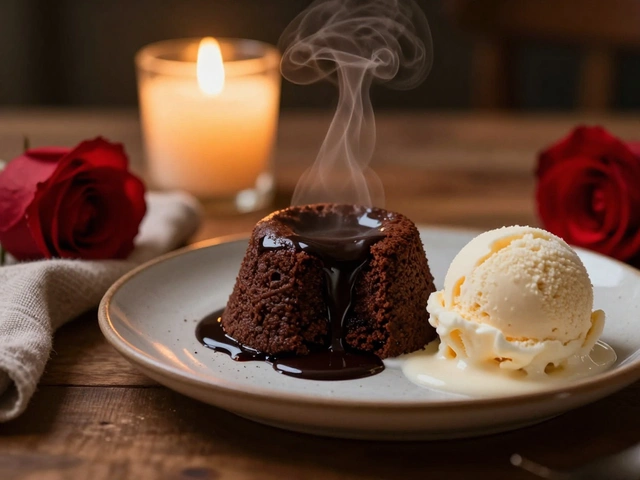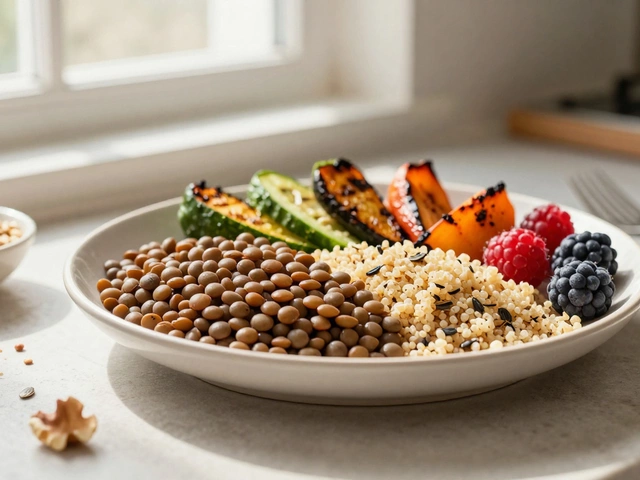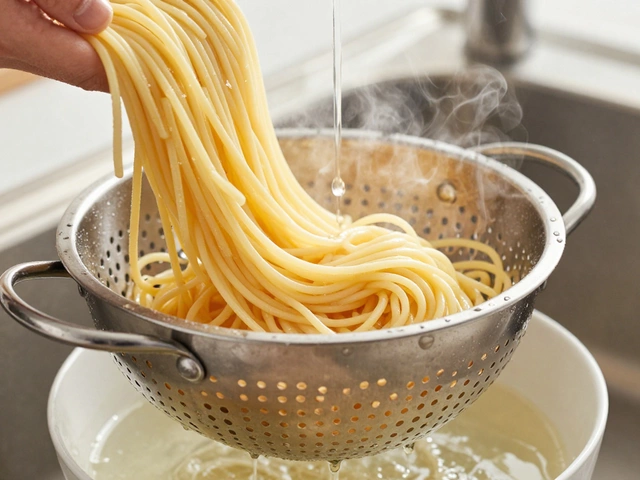Beginner Cooking Guides: Simple Recipes & Tips to Get Started
If you’re standing in front of the kitchen wondering where to begin, you’re not alone. Most new cooks start with a few basic tools, a handful of pantry staples, and a willingness to try. The goal isn’t to master every spice at once, but to build confidence one dish at a time. Below you’ll find practical steps you can use right now, no matter how small your kitchen is.
Start with the Basics
First, get comfortable with a few core techniques: chopping, sautéing, and boiling. Grab a good chef’s knife, a cutting board, and a medium‑size pan. Practice chopping an onion into even pieces – it may feel awkward, but a steady rhythm makes the rest of the cooking smoother. For sautéing, heat a splash of oil, add garlic or ginger, and watch it turn fragrant in 30 seconds. That aroma is your first signal that flavors are building.
Once you can handle those moves, try a simple recipe like the “Easiest Things to Bake”. Mix flour, sugar, butter, and a beaten egg, spoon the batter onto a tray, and bake for 15 minutes. You’ll end up with a sweet treat and proof that baking isn’t scary. The same principle applies to stovetop dishes – a basic pasta with tomato sauce can be ready in under 20 minutes, and the steps are easy to remember.
Budget‑Friendly Meals for New Cooks
Cooking on a budget doesn’t mean sacrificing taste. Look at the “Frugal Dinner Ideas” post: it shows how to turn pantry basics like rice, beans, and canned tomatoes into a hearty one‑pot meal. Start by rinsing a cup of rice, adding two cups of water, a can of chopped tomatoes, and a handful of frozen peas. Let it simmer, season with salt and pepper, and you have a complete dinner with minimal fuss.
If you’re feeding more than one, the “Smart Ways To Feed a Family of 4 On a Tight Budget” guide offers a simple spreadsheet of meals that stretch ingredients across several days. For example, cook a big batch of lentils, store half for tomorrow’s soup, and use the rest in a veggie stir‑fry. The key is to plan ahead, reuse components, and keep a list of what you already have before you shop.
Don’t forget about leftovers. A roasted chicken can become the base for tacos, salads, or a quick noodle soup. The “Can You Put Raw Chicken in a Slow Cooker?” article explains how to safely cook chicken in a crockpot, giving you a hands‑free protein source that lasts for days.
Finally, keep a cheat sheet of quick flavor boosters – a dash of soy sauce, a squeeze of lemon, or a sprinkle of dried herbs. These tiny additions can turn a bland dish into something tasty without adding cost or complexity. Over time you’ll recognize which combos work best for your palate.
Start today with one of the beginner‑friendly recipes listed on our site, follow the simple steps, and watch your confidence grow. Cooking is a skill you build one meal at a time, and every successful dish brings you closer to feeling at home in the kitchen.

Vegan for Beginners: A Simple Guide to Eating Plant-Based
by Landon Weathers / 29 May 2025Curious about going vegan but not sure where to start? This guide covers the basics in plain language, showing what vegan even means, how to swap out common foods, and offering tips to keep plant-based eating easy and fun. Find quick facts to make the change less overwhelming and learn what mistakes to avoid. You’ll even get ideas for simple recipes that don’t require chef skills. No confusion, just real advice you can use.

Mastering the Slow Cooker: A Beginner's Guide to Delicious Meals
by Landon Weathers / 21 Dec 2024Learning how to use a slow cooker can transform your meal preparation and cooking approach. This article provides beginners with essential information on selecting ingredients, setting the correct temperature, and planning meals. Discover fun facts and receive practical tips to make the most of your slow cooker, producing mouth-watering dishes with minimal effort.




